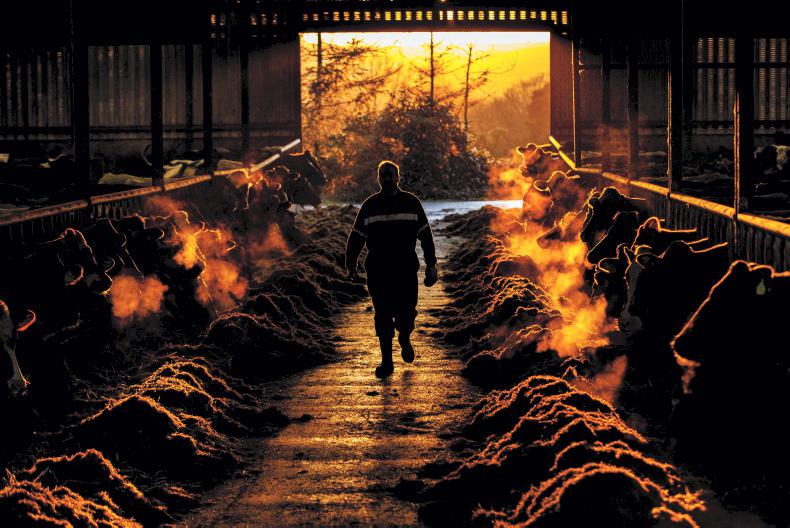The European Commission has launched an EU strategy to reduce methane emissions as part of its overall ambition to reach its climate targets in 2030 and achieve climate neutrality in 2050.
Methane is the second-biggest contributor to climate change after carbon dioxide according to the Commission. The strategy sets out measures to cut methane emissions with actions slated in the energy, agriculture and waste sectors. Together they account for 95% of methane emissions associated with human activity.
Agriculture
The Commission wants to improve the reporting of emissions from agriculture through better data collection. It also wants to promote opportunities to reduce emissions with support from the CAP.
The main focus of the strategy will be on best practice sharing for innovative methane-reducing technologies, animal diets and breeding management.
It cites the fact that non-recyclable organic human and agricultural waste can be utilised to produce biogas, bio-materials and bio-chemicals. This, the Commission says, can generate additional revenue streams in rural areas and avoid methane emissions at the same time.
Therefore, the collection of these waste products will be further incentivised.
Strategy
Commission executive vice president for the Green Deal Frans Timmermans said: “To become the first climate-neutral continent, the European Union will have to cut all greenhouse gases.
“Our methane strategy ensures emissions cuts in all sectors, especially agriculture, energy and waste. It also creates opportunities for rural areas to produce biogas from waste. The European Union’s satellite technology will enable us to closely monitor emissions and help raise international standards.”
Commissioner for Energy Kadri Simson identified energy as the area is where emissions could be cut the quickest with least costs but stressed that all sectors would have to play their part.
Read more
Irish Farmers Journal to host important climate change webinar this week
Carbon budgets for farming in new bill
The European Commission has launched an EU strategy to reduce methane emissions as part of its overall ambition to reach its climate targets in 2030 and achieve climate neutrality in 2050.
Methane is the second-biggest contributor to climate change after carbon dioxide according to the Commission. The strategy sets out measures to cut methane emissions with actions slated in the energy, agriculture and waste sectors. Together they account for 95% of methane emissions associated with human activity.
Agriculture
The Commission wants to improve the reporting of emissions from agriculture through better data collection. It also wants to promote opportunities to reduce emissions with support from the CAP.
The main focus of the strategy will be on best practice sharing for innovative methane-reducing technologies, animal diets and breeding management.
It cites the fact that non-recyclable organic human and agricultural waste can be utilised to produce biogas, bio-materials and bio-chemicals. This, the Commission says, can generate additional revenue streams in rural areas and avoid methane emissions at the same time.
Therefore, the collection of these waste products will be further incentivised.
Strategy
Commission executive vice president for the Green Deal Frans Timmermans said: “To become the first climate-neutral continent, the European Union will have to cut all greenhouse gases.
“Our methane strategy ensures emissions cuts in all sectors, especially agriculture, energy and waste. It also creates opportunities for rural areas to produce biogas from waste. The European Union’s satellite technology will enable us to closely monitor emissions and help raise international standards.”
Commissioner for Energy Kadri Simson identified energy as the area is where emissions could be cut the quickest with least costs but stressed that all sectors would have to play their part.
Read more
Irish Farmers Journal to host important climate change webinar this week
Carbon budgets for farming in new bill






 This is a subscriber-only article
This is a subscriber-only article










SHARING OPTIONS: